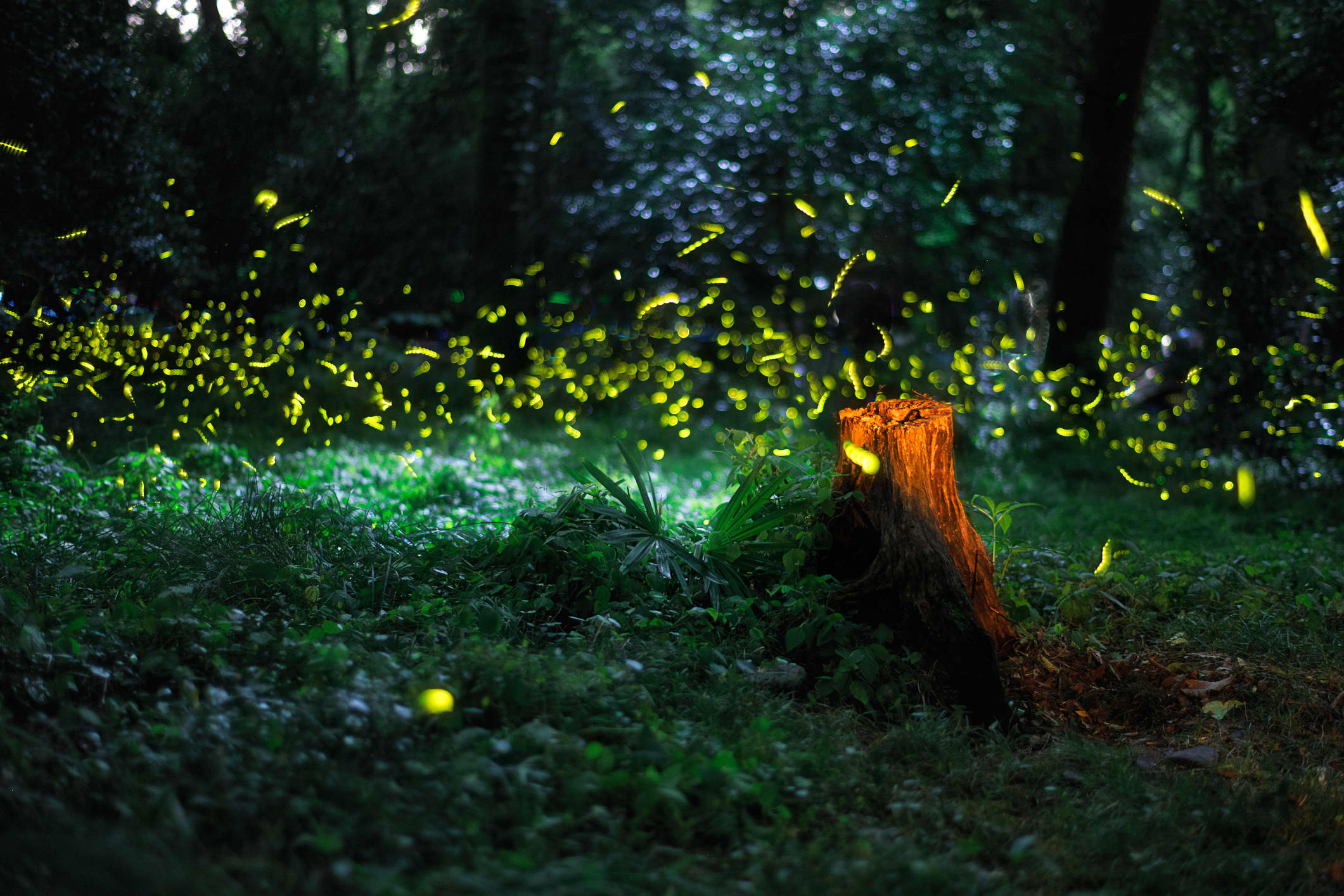From street lamps and neon signs to phone screens and reading torches, artificial light plays an integral role in modern life.
While this technology has brought a raft of economic and social benefits to humanity, there are also drawbacks.
According to the U.K. government, for instance, artificial light is not always needed and also “has the potential to become what is termed ‘light pollution’ or ‘obtrusive light’.”
“It can be a source of annoyance to people, harmful to wildlife and undermine enjoyment of the countryside or the night sky, especially in areas with intrinsically dark landscapes,” it adds.
Glow in the dark trees
Daan Roosegaarde is an artist based in the Netherlands. Alongside a team of engineers and designers, his “social design lab” produces work that attempts to boost quality of life in urban settings.
“The way we’re treating light right now, and especially in cities, is really bad,” he told CNBC’s “Sustainable Energy.”
Roosegaarde went on to highlight a range of challenges brought about by lighting, from electricity bills to its effects on people and animals.
The projects Roosegaarde and his studio work on attempt to fuse aspects of the natural world with modern ideas and concepts related to the built environment.
Examples of this include embedding rocks with a type of ink to make them emit light, and trees that glow in the dark.
“At daytime it looks like a normal piece of tree, but the moment we go to a dark space, it glows at night,” Roosegaarde said.
“We developed a sort of ‘biological ink’ which actually enhances the well-being of the tree, it doesn’t harm it,” he added, explaining that it charged during the day and glowed at night.
The light emitted from the tree, he claimed, “would be enough for way-finding, or guidance, to reduce the ugly polluting street lights, and to maybe bring back more trees and more nature into the city. That’s the ‘smart city’ in my opinion, that’s the future city.”
Nature’s role in the modern world
Alessandro Bianciardi is an environmental engineer and co-founder of a start-up called Planet, which focuses on “biologically-inspired design for sustainable innovation.”
Speaking to CNBC, he said that lots of ideas inspired by nature were already among us.
One example he gave was how things were manufactured, noting that, from nature, we had learned, “how to develop new chemical processes that are less toxic for us and also more friendly for the environment.”
Another potential example Bianciardi went on to cite was the development of urban water management systems by looking at how forests managed water. “The list can go on,” he said.
